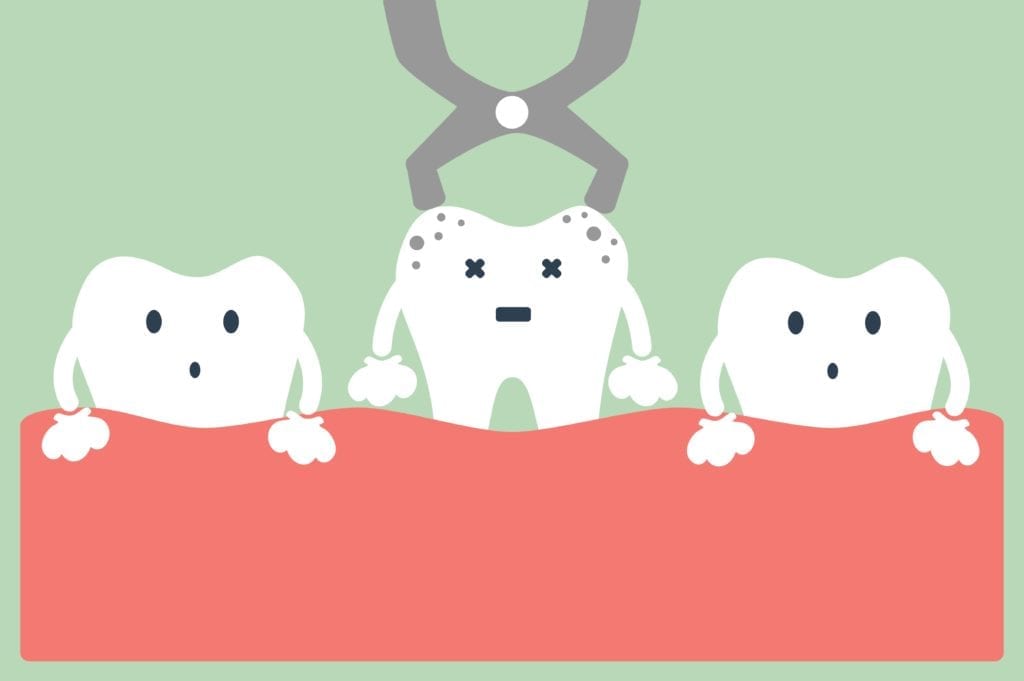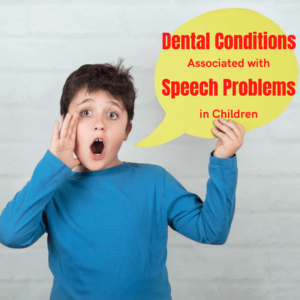There are certain dental issues that are known to affect children and teenagers more than adults. This is the case when it comes to wisdom teeth. While wisdom teeth won’t affect children, it is possible for them to affect your older children in their teenage years. Still, some people don’t get their wisdom teeth until their early 20s. Nevertheless, it is a good idea to have a basic understanding of what wisdom teeth are, how they affect your child, and what needs to be done when they erupt. Here are some of the main things you should know about wisdom teeth:
What are wisdom teeth?

Wisdom teeth are the third set of molars that erupt in the back of the mouth during the late teens and early twenties. Although they were once necessary for chewing on roots, nuts, leaves, and tough meat, they are now considered to be a vestigial structure, meaning that they have no current function. This is because our diets have changed over the years and have become much softer than diets of the past.
Because of the fact that wisdom teeth are no longer an essential structure, around 35% of people are born without wisdom teeth. Anthropologists estimate that more and more people will be born without wisdom teeth until eventually wisdom teeth will disappear entirely. Currently, however, around 53% of people are born with at least one wisdom tooth. While there can be up to four wisdom teeth, not everyone is born with all four.
How do wisdom teeth affect my child?
Wisdom teeth can affect your child in a variety of ways depending on how they erupt. In some cases, your child’s wisdom teeth may erupt normally without any problems. In these cases, your child may be able to keep their wisdom teeth. Unfortunately, however, most wisdom teeth eruptions have complications.

One of the most common complications is partial or complete impaction. A tooth is said to be partially impacted if it is partially erupted and partially under the gum line. There are two main types of partial impactions known as mesial angular impaction and distal angular impaction. A mesial angular impaction occurs when the tooth is partially erupted and angled towards the front of the mouth, while a distal angular impaction occurs when the tooth is partially erupted and angled towards the rear of the mouth. While mesial impactions are extremely common, distal impactions are generally rare.
Teeth that are completely impacted are those that are trapped entirely under the gum line. In these cases, the impaction can be described as either vertical or horizontal. Vertical impactions are when the tooth is in the correct position for eruption albeit under the gum line. Horizontal impactions, on the other hand, are when the tooth is sitting horizontally underneath the gum line. Because horizontal impactions often place pressure on the surrounding teeth, they can be exceptionally painful.
How are wisdom teeth treated?

As mentioned before, if your child’s wisdom teeth are able to erupt properly without complications, then your child’s dentist will likely choose to do nothing. In the case of a vertical impaction, the affected tooth will generally be monitored to determine if intervention is needed. However, intervention is needed for partially or fully impacted wisdom teeth. This is because wisdom teeth that are unable to erupt properly are unable to do so due to lack of space. Anthropologists believe that one reason why less people are being born with all four wisdom teeth is because the human jaw has decreased in size to accommodate a growing brain. As a result of smaller jaws, wisdom teeth no longer fit in the mouth like they once did, so they become trapped when trying to erupt.
In these cases, your child’s dentist will usually recommend extracting the affected tooth in order to preserve your child’s oral health and prevent future complications. There are two types of extraction techniques that may be used depending on your child’s individual needs. The first technique is known as a simple extraction whereby forceps and an elevator tool are used to slowly lift the tooth from the socket. The other technique is known as a surgical extraction whereby an incision is made in the gums to access the tooth. The tooth is then cut into pieces before being removed one piece at a time. In cases with impacted teeth, surgical extractions are generally performed.






